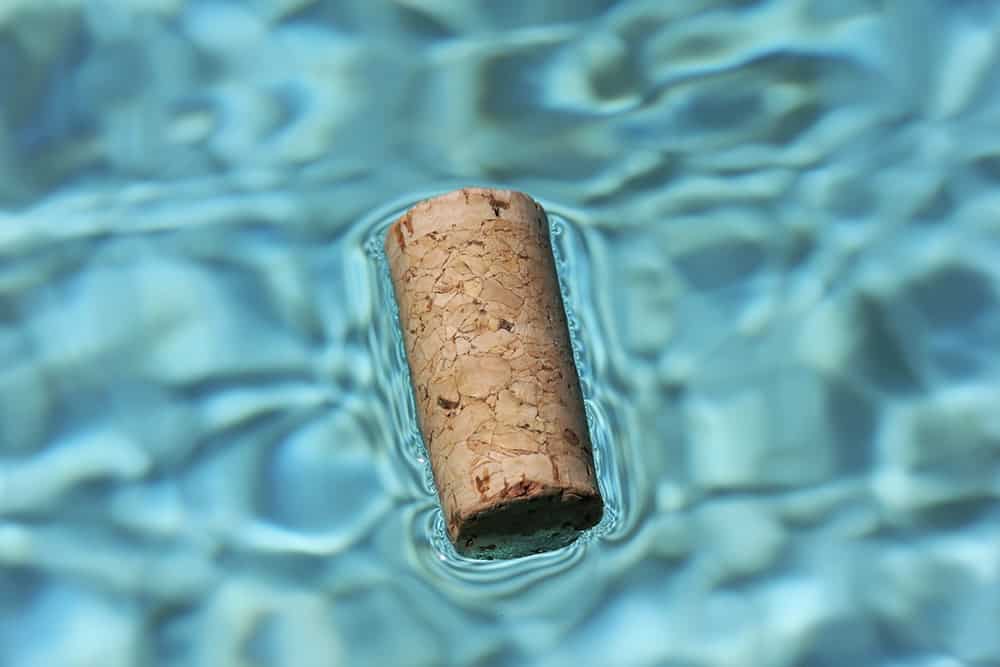Floating and Sinking
This week, we’re going to play with water to learn about what floats and what sinks! Younger kids (Toddlers-Grade 1) will test out objects to see if they float or sink. Older kids (Grades 2 and up) will learn about why boats float and then build a boat themselves and test it in the water! If the weather is nice enough, these are great activities to take outside and enjoy a nice day.
Younger Children (Toddlers-Grade 1)
This video by PBS is a fun introduction to floating and sinking for preschool and early elementary children. Watch it first to give your little one an introduction to floating and sinking.
After you watch the video, you’ll probably want to test some of your own items! If you have one, an empty bin or kiddie pool can be placed outside and filled with water to make this a fun outdoor activity. Otherwise, a sink, bucket, pot, or bathtub works too.
Here is a list of good items to test in your experiment, but use your imagination to try more! Just make sure any items you put in won’t be damaged by water. These ideas are from the website Happy Hooligans:
ITEMS THAT SINK
- metal utensils
- coins
- stones
- toy car/truck
- keys
- glass gemstones or marbles (not suitable for toddlers)
ITEMS THAT FLOAT
- Duplo/Lego
- stick or popsicle stick
- corks
- bathtub toys
- foam shapes
- crayon
- rubber ball
Older Children (2nd and up, although of course younger kids can try this too if they are interested)
We’re going to be building our own boats and testing them out on water! Before we do, learn about why boats float. This video will give you an introduction to the ideas of density and Archimedes’ principle. I’m guessing even grownups will find this interesting, so watch along with your kids!
Now you know that the boat you build needs to be less dense than water OR, if it’s denser than water, the weight of the water it displaces must be greater than its weight. Your challenge:
Build a boat that can carry at least 20 pennies.
So you have several things to brainstorm: what shape should your boat be? What should it be made of? Think about this, and draw out some sketches of a boat. Then build your first try, test it out in water (pool, bathtub, plastic bin with some water), and fix what goes wrong! You will almost certainly have to fix things in your boat—don’t worry! All scientists have to do that. When you’re ready, try out your boat with 20 pennies on it. Can it hold them all??
If you want to, take a picture of your boat floating on water and share it with us on the Facebook post about this week’s STEM challenge!

